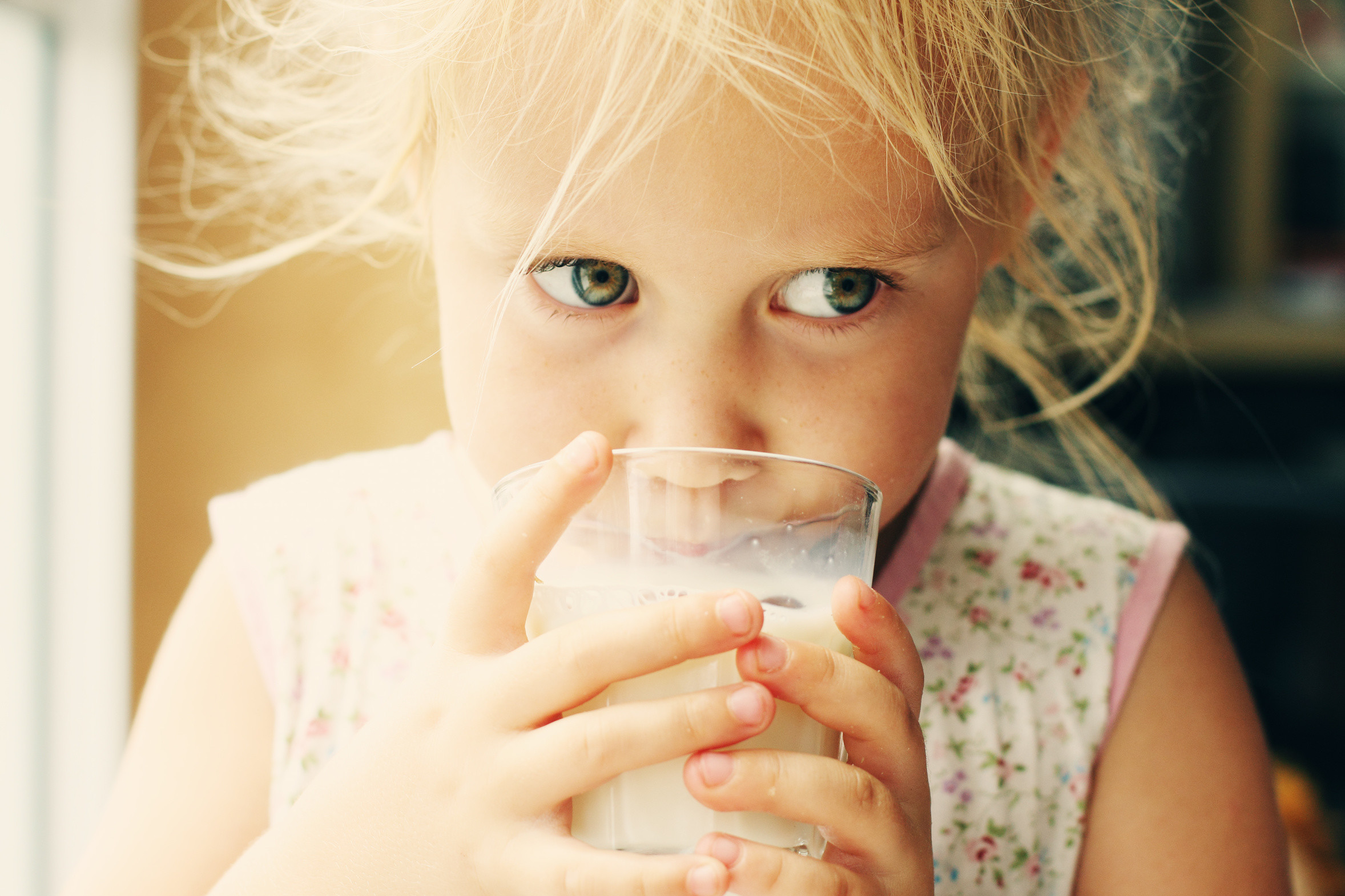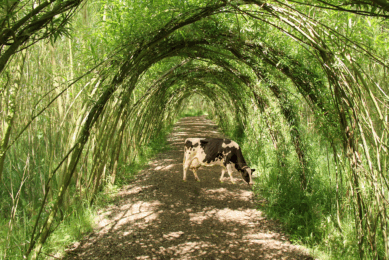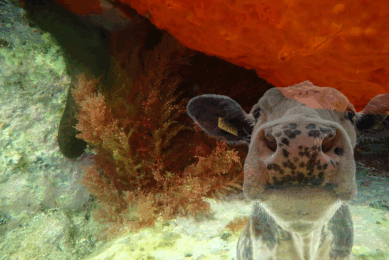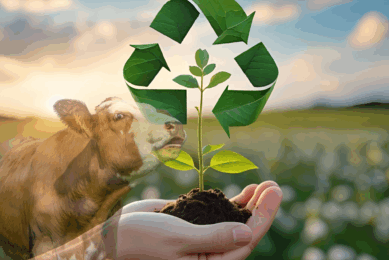Antimicrobial resistance: A number one concern

Reduction of antibiotic use and sustainable farming are big concerns for the livestock industry, but this will only be possible if everybody teams up and starts developing new ways to produce animal protein. Here, a 5-pillar programme aimed at bringing this synergy is explained.
2 of the major concerns when overusing antibiotics are the long-term alteration of the gut microbiota and the horizontal transfer of resistance genes. This could lead to multi-resistant organisms and therefore the persistence of some diseases. Because of this worrying situation, many countries have reacted and taken this new parameter into consideration. In France, for example, the Minister of Agriculture has implemented pluriannual programmes in order to reduce the use of antibiotics in livestock production: ‘Ecoantibio 1’ (2012-2016) followed by ‘Ecoantibio 2’ (2017-2021). The idea is to reduce antimicrobial resistance considering ‘One health’, a global approach which includes humans, animals and their environment all together. Animal exposure to antibiotics decreased by 37% thanks to Ecoantibio 1.
5 key pillars in antibiotic reduction
Avril’s solution to reduce antibiotics use is the ‘sustainable animal health management’ (SAHM) programme. Launched 2 years ago, this global programme is based on the synergies of its subsidiaries in terms of products and services, in order to preserve animal health. This concept is based on 5 key-pillars, that must be implemented together.
 Good farming practices
Good farming practices
Controlling parameters such as the general quality of the barn, the environment, the quality of water, etc., is necessary to maintain the animals in a good general health status. To improve their farming practices, the animal production stakeholders can also rely on technical application. One up-to-date innovation for poultry production is a sanitary audit tool called Podoscope. This application, presented at the international exhibition for animal production SPACE 2018 in France, received an ‘Innov’Space’ award. The tool was developed to deal with a 2-faced challenge: improving economic competitiveness while meeting consumers’ growing expectations regarding societal issues such as animal welfare. In order to assess animal welfare, the European Union authorities use the occurrence and the severity of a condition called dermatitis footpad as an indicator. It affects growing broilers and is responsible for necrotic lesions on the plantar surface of the animals’ footpads. Podoscope is a tool designed for technical advisors and poultry farmers, which accurately predicts the footpad dermatitis score (R²=0.83). It is a practical decision-making tool used to identify improvement levers (e.g. broiler house characteristics and technical management) and helps prioritise corrective measures by evaluating their potential positive effect on footpad dermatitis scores. This app was developed and validated thanks to an analysis of 3,500 broilers and a field study that included 120 batches of broilers.
 Biosecurity
Biosecurity
Biosecurity is the number one reason of antimicrobial use on farm, according to an EU project evaluating practical strategies to reduce medication. Although farmers understand the importance of keeping diseases out of their livestock, many of them have still not realised the benefits of a good prophylaxis. Controlling the infection, using medication and the veterinary support in the right way will positively affect the herd status and the welfare of the animals.
Good practices can be used to reduce the risk of infection and increase biosecurity, such as setting up sanitary barriers when entering the farms, enforcing the ‘go-forward’ principle and applying good cleansing and disinfecting procedures. Other innovative solutions exist on the market. One of them is an eco-friendly method based on the use of a positive biofilm (biocontrol). This microflora barrier, will avoid the contamination of the environment by pathogens. The principle is simple: the beneficial bacteria will enter in competition with the harmful ones. As a practical example, it can be used in swine production before the birth of piglets, throughout the room or during weaning, on udders to limit the risk of neonatal diarrhoea. This innovation has been developed by Nolivade, a start-up company that belongs to the Avril Group.
 Nutrition and immunity
Nutrition and immunity
Nutrition and immunity are very closely linked to one another. An adequate supply of nutrients is required to ensure the proper efficiency of the host defences. A well balanced diet may reduce the adverse effects of stress and enhance recovery from stressful periods. Animal nutrition knowledge is quite extensive and there are complete listings of the required nutrients for each species at each time of their life. It is important to characterise with precision raw material nutritional values and follow them over time (control plan). This information will help to precisely know the specifications of each raw material in order to optimise the use when formulating the product.
Another key factor to ensure animal health is feed safety. A reliable tool to evaluate the safety of feed is certification such as the ‘Oqualim’ (which certifies the compliance with good hygiene practices and traceability rules in manufacturing plants and monitoring health risks) or ‘GMP+ FSA’ scheme. A certified company complies with the requirements set up by professional organisations regarding various criteria and therefore offers safety to customers. To be more precise and knowledgeable about animal needs, constant research is needed, especially in a moving sector with changes regarding genetics, sources and level of raw materials, feed presentation, etc.
 Alternative solutions
Alternative solutions
Within this context of global antibiotics reduction, considerable effort has been put into the development of alternative solutions. These solutions include phytogenic organic acids, probiotics, etc., and may be combined to specific technologies to enhance their efficacy. Vectorisation, for example, is a good technology which ensures that active ingredients are brought to the right place, at the right time. There is a growing interest worldwide for these types of solutions with the context regarding antibiotic use constantly evolving. Another promising solution is the use of microorganism-based alternatives. These products have the aim to establish well-balanced bacterial ecosystems through the inoculation of beneficial bacteria, rather than destroying the flora. It is called biocontrol. As a practical example, in dairy cow production various bacteria-based solutions have been developed for animal hooves. These need to be sprayed on the rear legs of the animals and by competitive exclusion, the positive bacteria limit the development of the harmful ones and improve the comfort of the hoof, and therefore the general welfare of the animals.
 Responsible use of antibiotics
Responsible use of antibiotics
Through specialised trainings to technicians and farmers, Avril is highly involved in raising awareness, regarding antimicrobial resistance (antibiograms), the importance of early screening to locate potential contamination and the identification of specific diseases. The idea is not to rise against antibiotics use but to induce a more proper use: choosing the specific one and use it only when needed. Antibiotic reduction is mandatory but remains a complex issue. It must be tackled by global programmes impacting every layer of management on an animal production farm. This goes from an increase of the natural defences of the animals (stress limitation, well-balanced nutrition, etc) to constant improvements in hygiene and biosecurity techniques. Finally, the best way to evaluate the progress is to measure the antimicrobial consumption using some indicators such as ALEA (average level exposure to antimicrobials). A practical app may also be used, such as Indicavet.
All information only for export outside the EU, USA and Canada.
| Author: Marie Notarianni, Product Manager, Avril and Clémence Messant, Product Manager, Mixscience |











